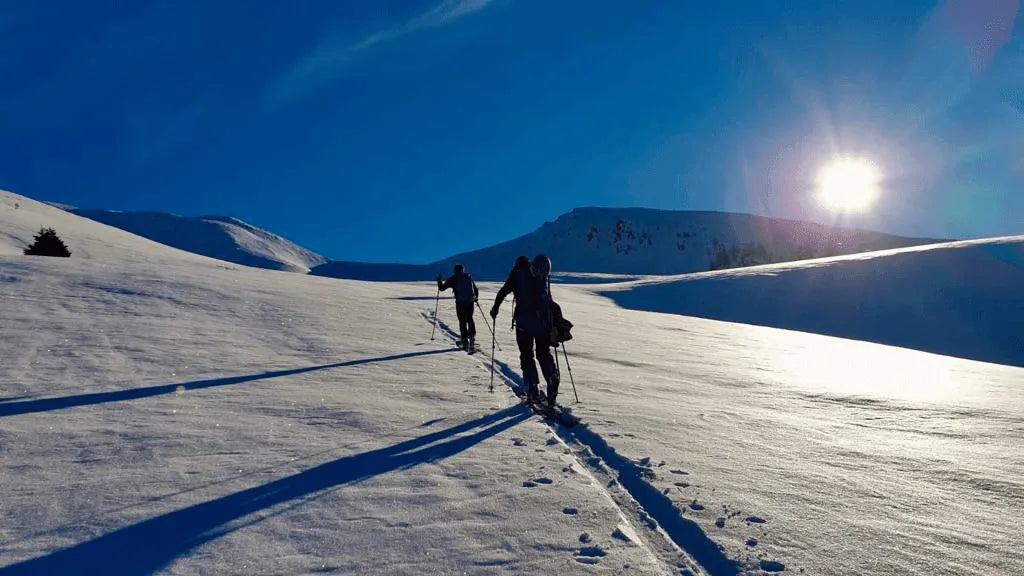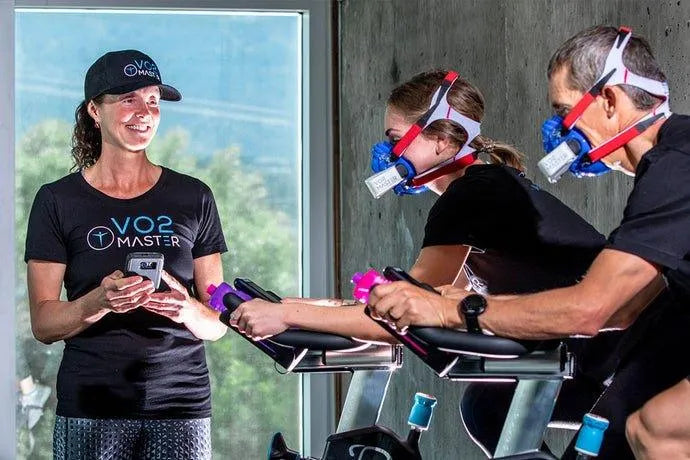The mountains are calling sport enthusiasts
Not only winter sports enthusiasts are fascinated by mountains, it is a well-studied subject by exercise physiologist. Before the first successful ascends of the world’s highest mountains, a lot of research has been done to determine whether it would even be physically possible to reach these high peaks.
As if climbing itself was not challenging enough, high-altitude territories present several factors that challenge the human body. For every 150m of elevation, the temperature drops approx. 1 degree Celsius, the warmest temperature ever measured at the peak of Mt. Everest is a comfortable minus 16 degree Celsius. The wind that is frequently attacking results in the fact that wind speeds over 160 km/h are a common phenomenon. Together with the ozone concentration, increased solar radiation and isolation from civilisation, high altitude is definitely an interesting domain to study for exercise physiologist.
The most crucial reason why high altitude is such a challenging environment however, is the lack of oxygen (hypoxia).
Can you adapt to training in rarefied air?
In contrast to popular believe, the composition of air is the exact same at extreme height, roughly 21% of oxygen, 79% of nitrogen and a tiny bit of carbon dioxide. Air pressure is the cause for the decreased availability of oxygen at altitude. Similar as in strength training, gravity plays a major role. One of the two reasons the air is thinner when you get higher with respect to sea level, is the fact gravity keeps the air as close to the earth’s surface as possible. Besides the decreasing air pressure with increasing elevation, the number of molecules decreases when you get higher, which is the second reason that causes air to be less dense.
This decreased availability of oxygen at altitude naturally leads to less available oxygen that can be exchanged to the bloodstream and thus a limited availability for the brain, muscles and all other vital organs. The body can adapt and cope with these changes, depending on the length and actual elevation you’re at. Fascinatingly, the highest altitude at which the body can acutely adapt to the altered environment is the exact same as the highest peak on earth, between 8-9000 meters. This is however not an adaptation the body can maintain for a long time, the capability of the body to structurally change according to the altered needs is approx. 5500m. Altitudes above 5500 are considered extreme heights.
This blog will not focus on the extreme heights, but on the structural changes on a muscular level resulting from prolonged stay at altitude where there is less oxygen available.
The oxy-hemoglobin dissociation curve
The first thing we need to understand when talking about the influence of elevation to oxygenation in the muscle, is the oxy-hemoglobin dissociation curve.
After you breath in oxygen molecules in your lungs, they try to bind to hemoglobin in your vascular system. One hemoglobin can carry four oxygen molecules, but the binding of this first molecule is very difficult. Binding to oxygen changes the conformational structure of the hemoglobin, making it more susceptible to bind to the second, third and fourth oxygen molecule. When the partial pressure of oxygen in the blood (PO2 in mm Hg) increases, more oxygen molecules will bind to hemoglobin, increasing the saturation of oxygen hemoglobin. This slow start and spike up of oxygen binding to hemoglobin molecules, flattens out when the maximum amount that can be bound is reached. Increasing the pressure further, will then lead to a small increase in saturated hemoglobin levels.
This process of oxygen carry and release is visualized with the oxy-hemoglobin dissociation curve. On the X-axis we have the partial pressure of oxygen in the blood PO2 in mm Hg and on the Y-axis the oxygen saturation of hemoglobin. Note that is different from the Tissue Saturation we measure with the Train.Red sensors, we measure the muscle tissue, whereas this is about the oxygen saturation in the blood.
We know the first binding of oxygen to hemoglobin is difficult, the number of bindings increase as more molecules start to bind together with increasing pressure and the curve flattens out at the top. This sigmoid relation is of great informative use when we want to study the effect of altitude.

With increased elevation, we see the effect on partial pressure of oxygen and the %saturation of hemoglobin. The curve is relatively flat up to 1500m and the hemoglobin saturation only starts to drop steeply at approx. 3000m.
How does our body cope with this?
To cope with the decreased availability of oxygen your heart and breathing rate go up. This first line response gradually decreases over time the longer you stay at altitude. Your oxygen diffusion between the pulmonary and vascular system improves and after approx. 1 year at altitude the hyperventilation is completely gone. This improved lung function is not the reason for serious athletes to go on altitude camps however, the main reason is the increased production of red blood cells in the body. Red blood cells contain a lot of hemoglobin, so naturally this is beneficial for the carry and release of oxygen. The increased haematocrit concentration and increased hemoglobin concentration have one downside which is the increased viscosity of blood. This can lead to a decreased venues return of blood to the heart.
Your kidneys play an important role in neutralising acids that are created during high intensity workouts, at altitude you will build up lactate faster when your kidneys are not acclimatized.
There are four main structural changes due to altitude on a muscular level
- increased capillarisation
- increased myoglobin concentration
- increased number of mitochondria
- increased number of mitochondrial enzymes.
With our NIRS sensors we measure the oxy-hemoglobin concentration directly in the muscle, these four structural changes have a direct impact on your NIRS signal and readings.
There are multiple publications studying the muscle oxygenation during acute hypoxia, but research in the domain of structural changes is lacking. There are a few things we can deduce however, an increased capillarisation will have a direct impact on the absolute amount of oxygen in your muscle tissue. With increased capillarisation more blood will be transported to your muscle and thus more oxygen will be available. From a technical perspective more of the light that is transmitted by our sensors into your body, will be absorbed by respectively oxy and deoxyhemoglobin. The relative concentration changes will not be impacted by this absolute change but the amplitude of your signal might be a bit bigger due to the increased availability. These changes will be most prominent in your total hemoglobin and Hemoglobin difference. The relative amount of oxyhemoglobin against the total hemoglobin concentration will be a bit higher after acclimation at altitude, so the saturation of oxygen in your muscle tissue is likely to increase.
The increased myoglobin concentration, number of mitochondria and number of mitochondrial enzymes will have an influence on the oxygen exchange at the muscle cells. This change is visible in your readings as the rate of de- and reoxygenation during an activity.
In our next blog we will go over the research that has been done on the influence from acute hypoxia on muscle oxygenation. A comparison will be made between maximal exercise tests on sea level vs on elevation as well as the comparison between fully adapted humans (sherpa’s) and recreational mountaineers.




